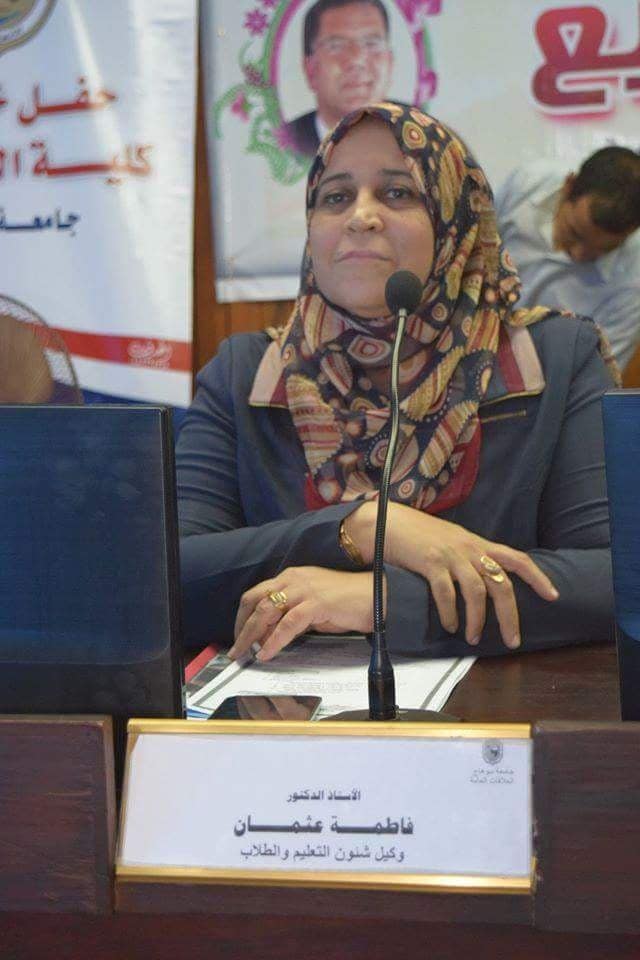Abstract
Traditional Hammam buildings are regarded as old buildings which represented a unique social, cultural and urbanized trend as they were places for recovery and relaxation for the public people in Egypt. They appeared in the Roman Age, were common in Islamic civilization, and have remained as an obvious cultural heritage. Such hammams were widespread in ancient Arab and Islamic cities in Egypt, Syria, Yemen,Turkey, and Iran. In Upper Egypt, several hammams were extinct, only remains three of them which are currently registered at Archaeology Authority: Hammam Thabit in Assiut city, Hammam Ali Bic in Gerga city, and Ottoman Hammam in Qena city. All these hammams date back to the Ottoman Age. The site of such hammams according to Islamic city planning was distinguished in the most popular and commercial city areas as they were in the areas of markets in the heart of the ancient city; their designs were distinctive on both functional and environmental aspects.
Research Problem
Despite their historical, cultural and architectural value in Egypt, these hammams have been exposed to negligence after they lost their functions, and left under the rsupervision of their owners without any intervention or apparent effort for their conversation and restoration. Now, they are exposed to danger and extinction, so it was necessary to examine such buildings and explore their architectural and planning aspects to maintain them as a present cultural heritage all over the ages. For interest in surviving, conserving, and developing such heritage enhances the efforts exerted in order to maintain identity and strengthen its elements in the present age of globalization.
Research Objectives
This paper mainly aims to investigate the possibility of rehabilitation of traditional hammams and re-employment in the sustainable urban context to revive their architectural, aesthetic, and cultural values. It also aims to study the distinguished planning, architectural, and environmental values as well as sustainability values in such hammams in order to make the best use of the planning thought and design of their creators. In addition, the paper attempts to examine the extent of environmental and functional compatibility, seeking to save these buildings and highlight their architectural and historical value.
Research Methodology
The paper depends on the inductive method through studying a group of traditional hammams in Upper Egypt and their architectural, planning and environmental characteristics in an attempt to identify the most important architectural and environmental, and planning values of traditional hammam buildings. This is a step to set proposals for the rehabilitation of these buildings in a way convenient to the present age and its requirements to highlight the architectural and historical values of such buildings.
The paper consists of three parts. First, it studies the architectural, planning and environmental characteristics of traditional hammam buildings. Then, it deals with the different suggestions for the rehabilitation of traditional hammams on both architectural and urbanized levels, and the different experiences in Arab and Islamic states where such hammam buildings are widespread. The last part deals with regions of the study: heritage zones of hammams in Upper Egypt; it specifies the problems in these regions and efforts of their development and conversation, measures the suitability of the three previous suggestions in the three cases, and finally shows the results of the paper.

